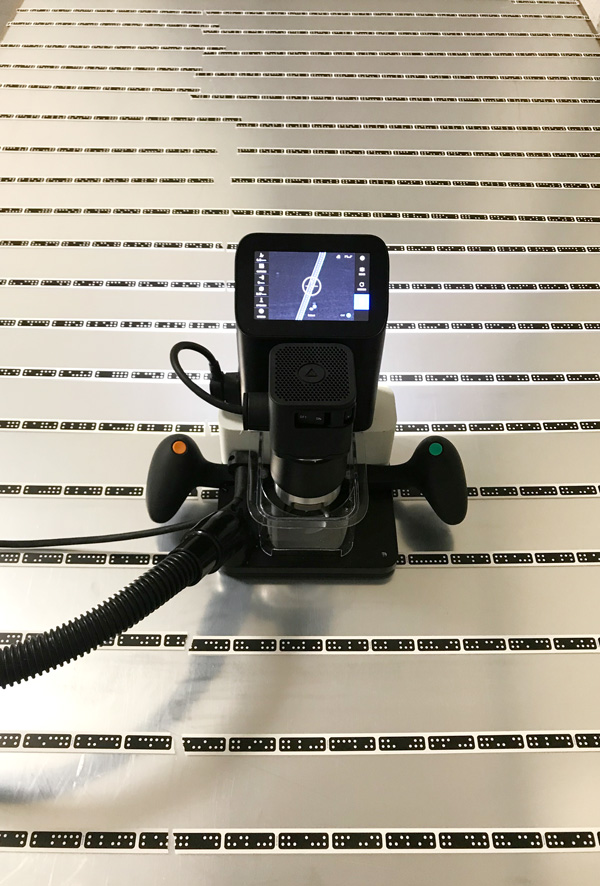Publication launch this evening at the MAK Center Schindler House
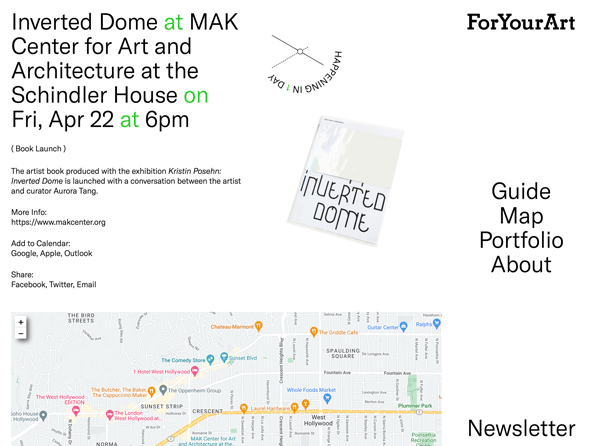

Back in 2020, I made a set of stickers using images from Manic Castle Hash, cut them from brushed-chrome vinyl on the same vinyl cutter I’d used to make the mural, and sent them out as a bit of art mail to some friends, colleagues, and awesome people. It’s been an unexpected joy to find out where they went, with the evidence still trickling in — only wish I had more of the rather ephemeral snapshots at hand.
Many of the stickers remained pristine on their original backing. But others seem to have been attracted to technological devices, doors and windows, David Bowie, and surfaces within arm’s reach of children. Could not be more delighted with these discoveries.
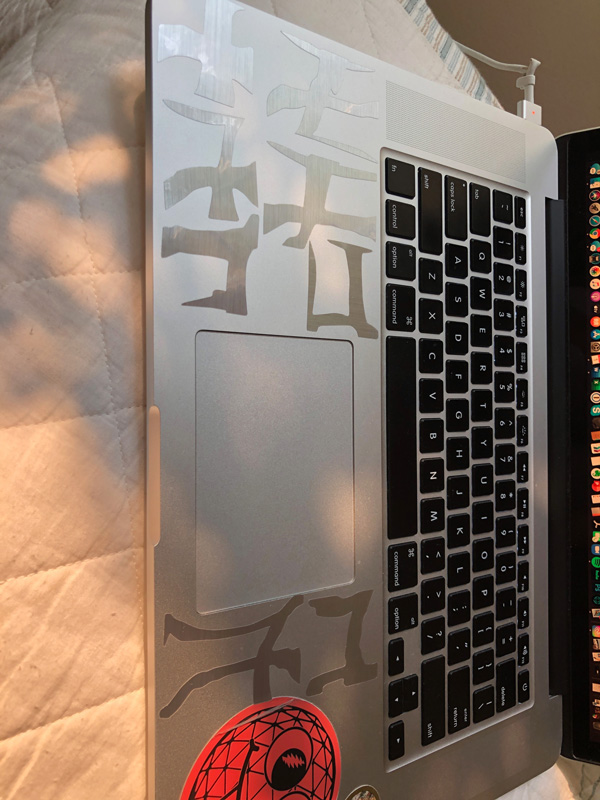 Photo by Brandon Herman
Photo by Brandon Herman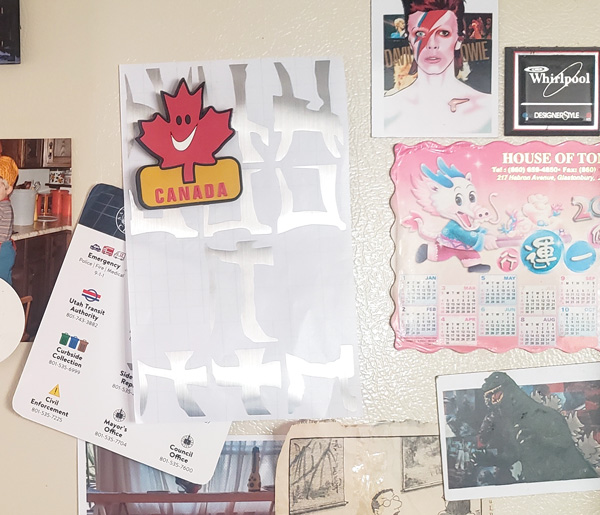 Photo by Steven Chodoriwsky
Photo by Steven Chodoriwsky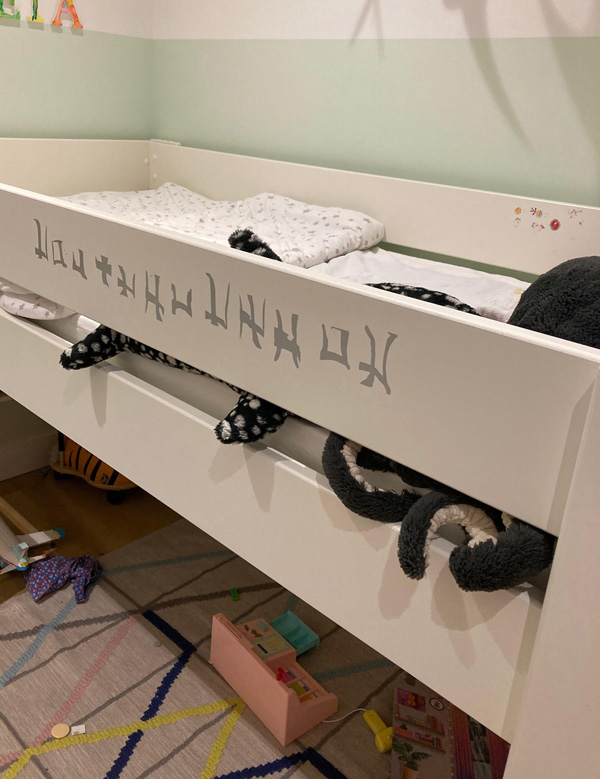 Photo by Chris Fite-Wassilak
Photo by Chris Fite-Wassilak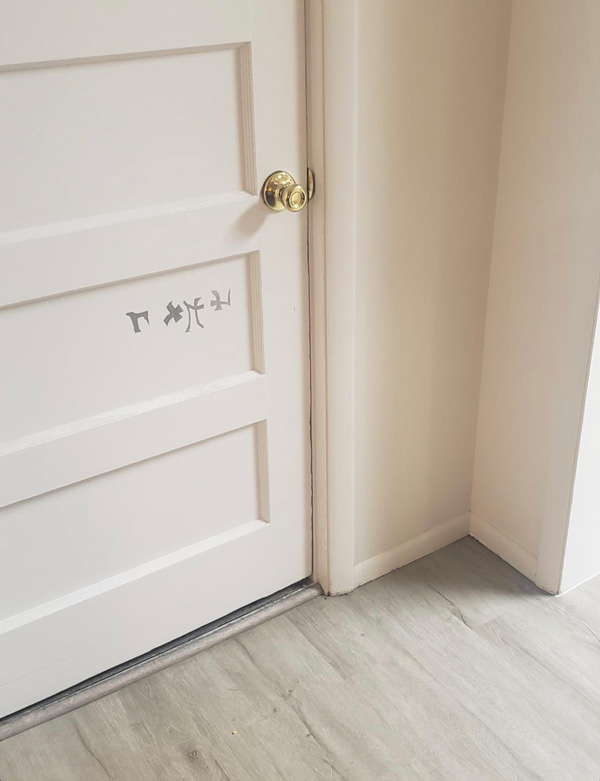 Photo by Steven Chodoriwsky
Photo by Steven Chodoriwsky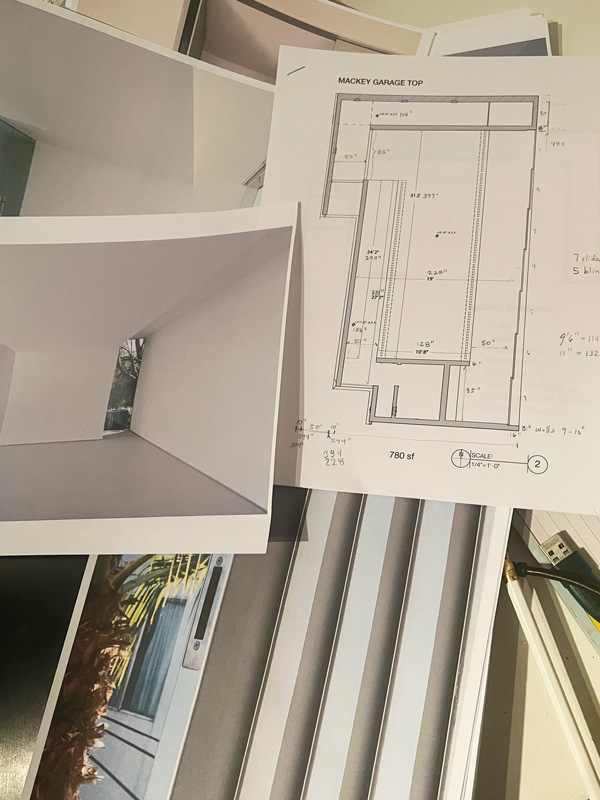
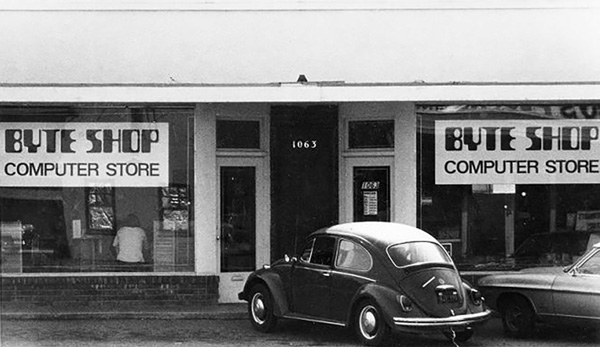
“What was the first piece of software you published?” I asked my dad as we chatted in my studio last week.
Around 1977, he wrote Texwriter, an early word processing software for personal computers that laid out and indexed pages. Texwriter ran on 8080 and Z80 computers with 64k RAM; the floppy disks could be purchased at Byte Shop in Mountain View or later via mail through Seymour Rubinstein’s nascent venture MicroPro International. In those days Mike Posehn worked at the Lawrence Livermore Laboratory, and he offered Texwriter to the secretary of his group, who wanted nothing to do with it. Why would they, when they had a sophisticated typewriter capable of saving, modifying, and duplicating multiple pages at a click? And if a typewriter sounds anachronistic, well, the landscape at the Lab was truly exotic. The shadow of the Cold War still loomed, with funding flowing for the technological best-in-class — like an oscilloscope with a Polaroid camera fitted to take a picture of the screen. All data capture was analog, and these beasts had to be elaborately synced and whispered to if one wanted to get the slightest set of calculations off the ground. It was an analog world on the cusp of a new wave.
